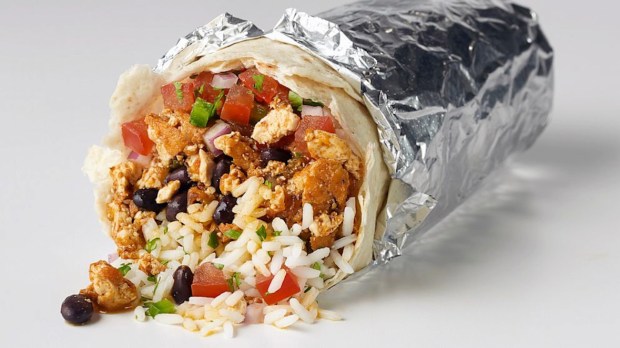QSRs Recovering From Food Scares – Can It Be Done?

In the restaurant business, dirty hands are a deal-breaker. Just ask Chipotle, which has been subpoenaed after the most recent norovirus outbreak in one of its Virginia restaurants. Case in point: it’s never a good thing when the public and media are referring to a health incident at an establishment as “the most recent” in a pattern that will likely doom the Tex-Mex fast-casual chain sooner or later.
According to CNN, the recent Virginia norovirus outbreak could be traced back to a sick employee who was working at the restaurant when he or she should have been at home recovering. The company has said that it’s doubling down on training and really driving home the point that employees simply cannot work while contagious.
Meanwhile, the FDA is investigating this and previous incidents from 2015 in which hundreds of Chipotle customers picked up E. coli and norovirus infections from multiple restaurants.
While it goes without saying that sick employees shouldn’t be serving food, there’s another solution that could have at least curbed the problem, and maybe averted it altogether: better hand-washing.
More diligence around this simple practice, well-known to be effective in arresting the spread of germs, could have also saved McDonald’s, Burger King and KFC restaurants in the U.K., where the BBC Watchdog program recently found traces of fecal bacteria in ice samples from each of the QSR chains.
But, clearly, people can’t be trusted to wash their own hands properly (or at all) after going to the bathroom, while sick, or after handling potentially contaminated materials like cash and raw meat. So what’s a restaurant to do? Chipotle has been having employees stop, drop, and wash their hands every 30 minutes since last fall, yet that, too, was unable to prevent the chain from suffering another infectious outbreak.
HandInScan thinks it has the answer. The Budapest-based innovator believes that washing hands isn’t just about frequency; it’s a case of quality over quantity. So its founders created a device that could measure just how clean a hand was after being washed.
First, an employee washes and sanitizes his hands using a special sanitizer made with the same invisible UV dye that doctors use internally on patients – for instance, injecting it into a vein and tracking it to see if there’s a leakage, or having a patient drink it to check issues along the digestive tract.
Then, the employee sticks his hands in HandInScan’s Semmelweis System, where a UV camera illuminates which parts of the hand got clean and which parts he missed. If there is a crack or crevice in his skin, if he missed a fingertip, or if he neglected an entire region of his hand, that result is presented visually and the system tells the employee whether he passed or failed, based on his organization’s standards for “clean enough.”
It’s up to the organization to decide where to draw the line. Is 75 percent clean “good enough?” Should employees strive for 95 percent or better?
Either way, the system creates a record and flags repeat slackers, displaying videos that show them how to hit that spot they always miss. Plus, that record goes on file for health inspections. Should anything go wrong, the restaurant will be able to confirm or rule out hand hygiene as the root of the problem.
“We become a buffer,” said Floyd Martin, HandInScan’s vice president of sales and marketing. “Entering a plane, they make sure we go through a scanner. At first there was resistance to that scanner. People didn’t want to do it – they thought there would be radiation, or that scanners were looking under their clothes. But now, everybody knows you can’t get on a plane without being scanned; it’s just the way it is.”
Martin hopes that’s the way things are going, both in food service and in healthcare, where the HandInScan got its start. In that environment, said Martin, one of the biggest concerns after a patient has undergone treatment is that he or she could pick up a pathogen from a healthcare provider.
As for restaurants, Martin didn’t name names, but he did suggest that implementing the HandInScan could help brands that have suffered from health code lapses recover their reputation. For restaurants that haven’t had a health scandal, it could be a proactive measure to help avoid one ever occurring.
And if the device really gains traction, Martin said, it could even be placed in the front of house as well as the back, a symbol representing to consumers that they’re in good hands.